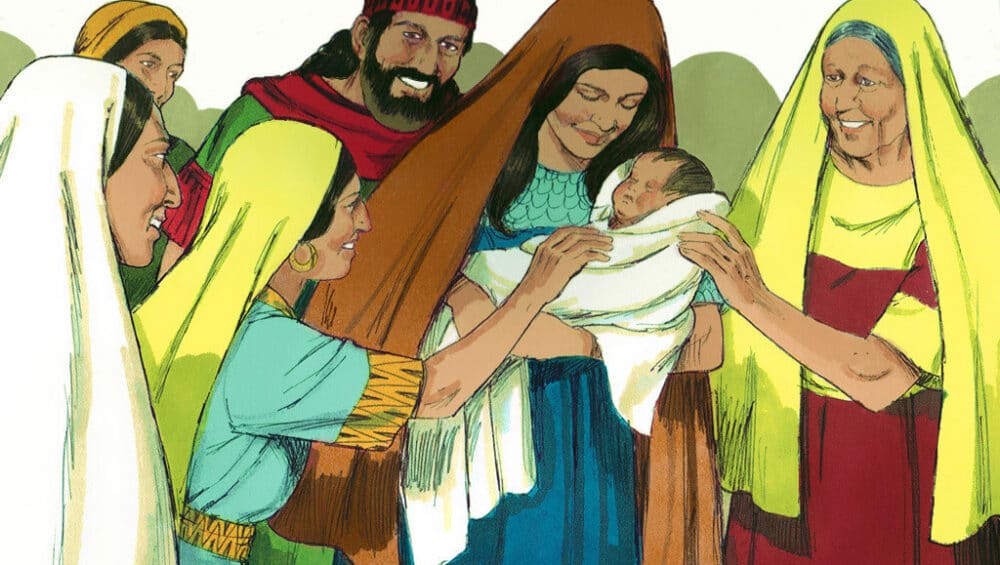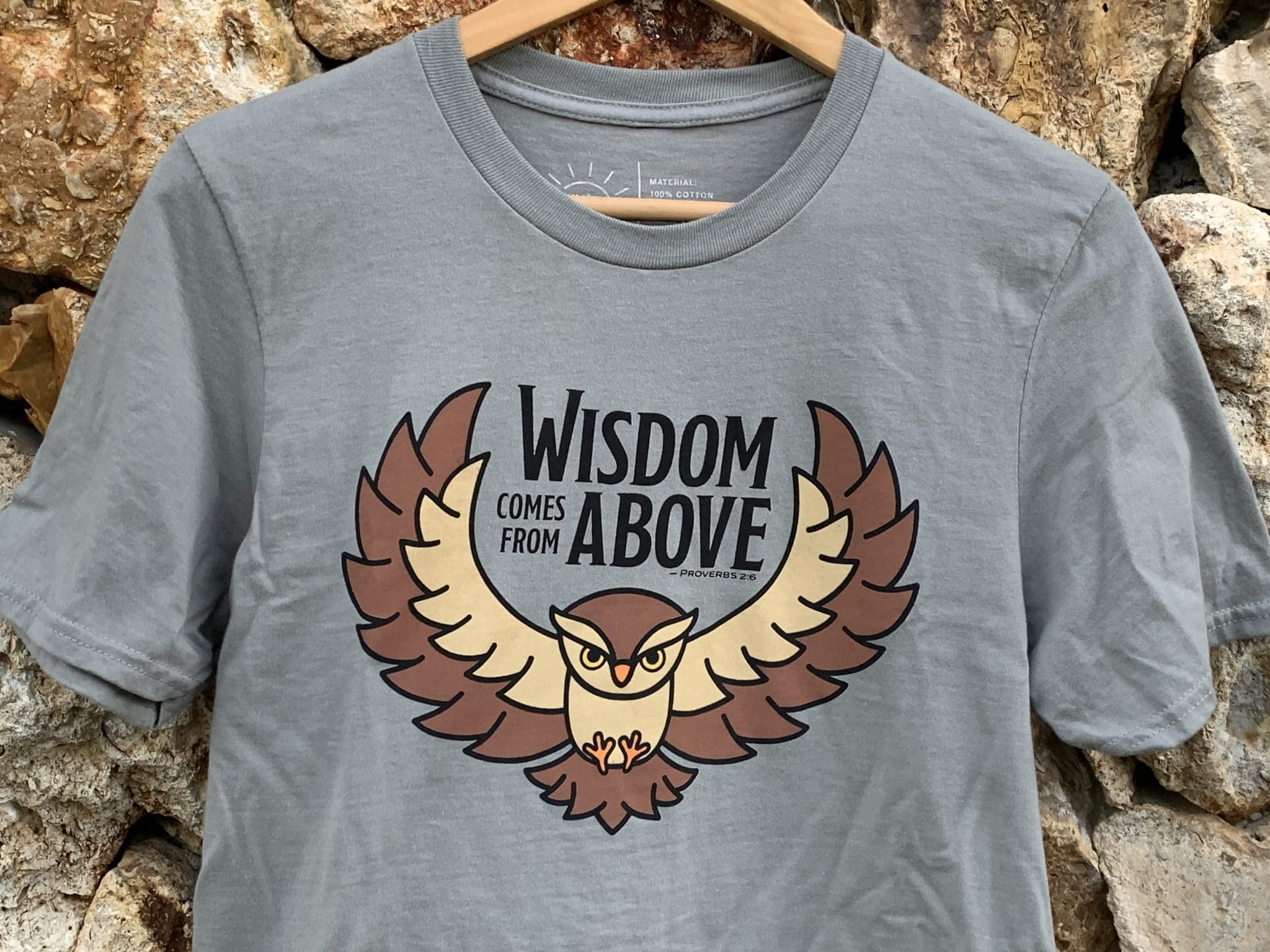Sweet Publishing / FreeBibleimages.org
Welcome to Livin’ Light’s Bible-In-A-Year challenge of discovering God’s love for us and His purpose for our lives. Here is the format for this great adventure: The daily reading assignment is posted at 5 a.m. After each day’s reading, Leigh An Coplin, the blog host, shares observations and poses questions about difficult passages to Rob Fields, who studied Christian Education at Asbury Seminary and currently teaches Biology in the Orlando area. To start from the beginning, click on 365 Bible Readings and scroll down to Day 1. The reading schedule is taken from The One Year Chronological Bible NLT.
Today, the reading is from three different books, Ruth, 1 Chronicles, and 1 Samuel. The reason for this is the Bible we are using is chronological, so it skips around the traditional Bible a bit. We have already looked at background information on Ruth. For information on 1 Chronicles, see www.biblestudytools.com/nlt/1-chronicles/ and for info on 1 Samuel, go to http://www.biblestudytools.com/nlt/1-samuel/.
Today’s Reading
— Ruth 4:13-22
— 1 Samuel 1:1-8
— 1 Chronicles 2:18-55
— 1 Chronicles 4:1-23
(1140, 1100, 1003 BC) Click here for a timeline of the entire Bible.
Questions & Observations
Q. I know that all of the genealogy is important in establishing family lines from the 12 tribes, but Rob, I’ll leave this one to you. Can you tell us what is important to note in today’s reading?
A. Well, if we were just reading Chronicles, we would see that the writer is working his way through the 12 tribes (not including the Levites) up to the point of the writing. The best guess about the books of Chronicles — 1 and 2 to Christians, Jews only have one book, but the same material — is that it was written after the return from exile in Babylon by Ezra the priest, probably around that late 5th century BC. We will see Ezra as a central player in reestablishing Jerusalem after the exile much later (Book of Ezra). This, by the way, makes it among the newest books of the OT. The tradition is that it was written, whether by Ezra or not, to allow the Jews to connect with their heritage, especially the greatest of their kings: David. One thing to watch for along these lines, Chronicles will often leave out some of the more scandalous actions of David that 2 Samuel leaves in, probably because they wanted him cast in the best light possible, so watch for that.
So, the longwinded answer to your question is that these genealogies are all about establishing David as the centerpiece of Jewish history. This requires tracing the lines from his ancestor Judah, via his son Perez (remember him and his brother being born from the scandal of Genesis 38?) So in that regard, the end of Ruth and the beginning of 1 Chronicles are focused on the same person: David; Chronicles just gives the ENTIRE family line (or some summary of it), where Ruth is only interested in David’s direct line via Boaz and David’s father Jesse. David still won’t come on the scene, however, until 1 Samuel 16 or so.
Q. Can you give us a nutshell version of how the Bible was written and put together? Or who wrote it but how it was collected? I can picture that some may be chiseled out on stones and others may be written on paper. But, it had to have been difficult, to say the least. I can’t imagine deciphering all of these names and rewriting them. And then, there were so many authors and I would guess, so many places the Scriptures were left. How did those who discovered it know that it was to go together and all from God?
A. Why don’t we just work on a summary of the OT, and perhaps sometime we can go over the NT, since they are vastly different processes. I wouldn’t put too much stock in the idea that the OT was written in stone. There is little that is more inconvenient to work with than heavy rock! So while the 10 Commandments were probably written in stone at least once, the bulk of the OT was written on scrolls of leather, papyrus — which was invented in Egypt — or other material. Books as we would recognize them, called codices, or codex, would not be invented until the after Christ (i.e. early A.D.). So basically, you’re talking about scrolls.
The stories recorded in these scrolls were based upon oral traditions of the ancient Jewish people passed down from generation to generation. While portions of the writings of Moses or other OT figures may have been written down by them during their lifetimes, the suspicion is that the works we see are edited versions of their stories to which they likely contributed in some form. It is very unlikely, for example, that Moses dictated the first five books of the OT, though this does NOT mean that Moses had no hand in their composition. There were very likely collections of copies of Moses’ writings of things like the Law or tales of the Israelites time in the wilderness that were edited together and compiled into the volumes we see here. Most of this editing likely took place during the reign of the monarchs, around 1000 to say 800 BC — some scholars feel the writings are much more recent, but I think those dates are accurate. For the more recent writings in the books we are beginning to move into — the prophets, Chronicles, Ezra and Nehemiah — we will see the particular purposes that caused them to be written (usually because the author will tell us!) I feel it is very reasonable to hold that the so-called “traditional” authors of most of these volumes had some role in their composition, but most volumes likely went through an editing process of some sort to reach the final product.
All but the most recent writings were written exclusively in ancient Hebrew — there’s a little Aramaic in the youngest works. The works that were copied onto scrolls were kept in the temple in Jerusalem and the synagogues throughout Judea or anywhere else Jews lived. Since most of the Jewish population (like the world) could not read, it was the responsibility of the priesthood to read and interpret the Law for the people.
One other major development from around the 2nd Century BC: the OT was translated into a form of ancient Greek called Koine (pronounced coin-nay, meaning “common”). This work became known as the Septuagint — usually abbreviated LXX, or 70 in Roman numerals — and was the “Bible” that most early Christians would have used, including Paul. The books use by early Christians caused, as you might expect, most Jews to abandon its use, but it is still the subject of study today. Read about it here: http://en.wikipedia.org/wiki/Lxx.
That’s a good start to some basics of the OT, but we can continue to have discussions about subsets of the OT — and later the NT — as they come up. Do note that each of the introductions that we are listing at the beginning of each book gives you detailed information about “how we got it” and “who wrote it,” etc.
For further reading: How the Bible came to be, https://bibleresources.americanbible.org/resource/how-the-bible-came-to-us
Shop: Christian shirts get noticed. Check out these conversation starters: https://livinlight.org/shop/
Tomorrow’s reading: 1 Samuel 1:9-4:11











